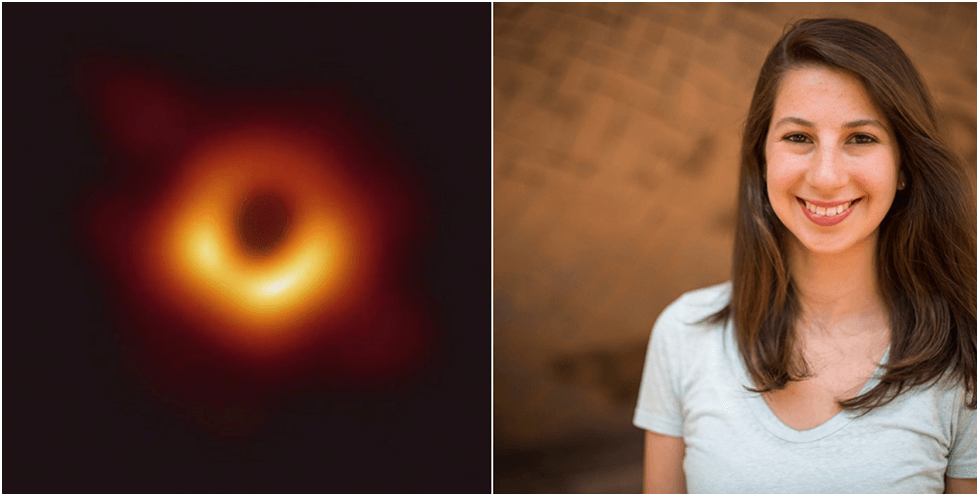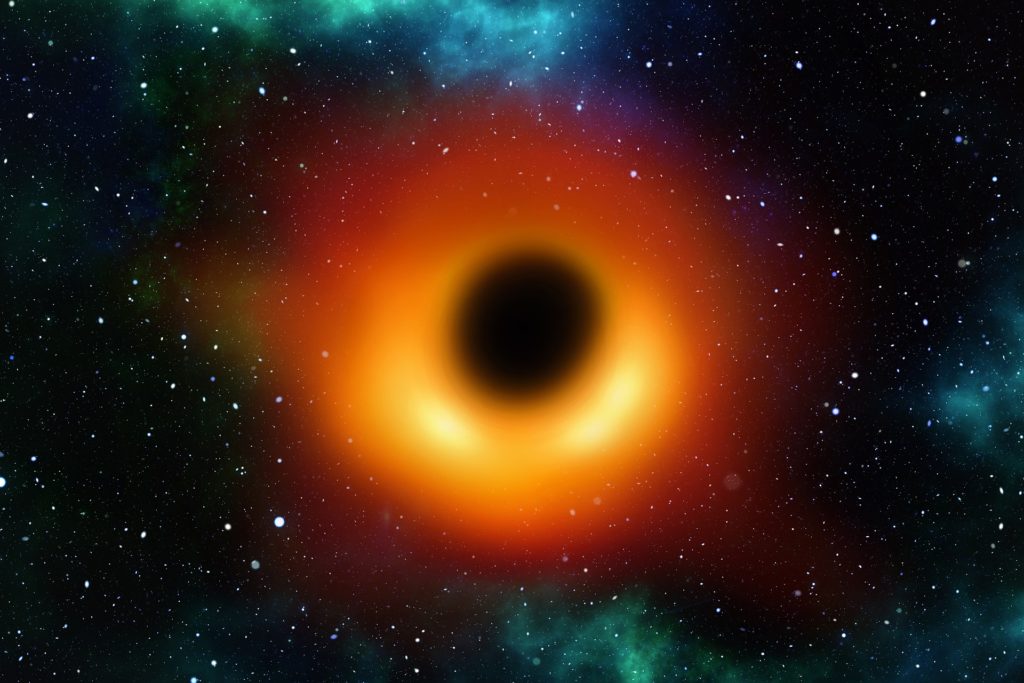THE WOMEN WHO PROVED TOLD THE WORLD THAT BALCK HOLES ARE NO LONGER MYTHS!!!!
Hey there! I am back with another interesting story today that expresses the Contribution of yet another Women in my Field …. The field of Computer Science Engineering and Machine Learning.
When people were so busy building stereotypes that disgraced women in the field of Science by saying “they simply don’t like it, or don’t have the aptitude for it”, today our Protagonist Katie Bouman has not just gotten into this field but has actually managed to break records by developing an algorithm that could stitch together different pieces of the shadow of the First ever black hole taken from 7 remote telescopes. This image is not just a breakthrough in field of Science but a pathway that encourages many such women including me to go there and make our point by proving ourselves time and again.
Before we try understanding the working of the algorithm, I think we really need to understand who is our Protagonist today??

Katie Bouman…. Bouman grew up in West Lafayette, Indiana, and graduated from West Lafayette Junior-Senior High School in 2007. Her father, Charles Bouman, is a professor of electrical and computer engineering and biomedical engineering at Purdue University. As a high school student, she conducted imaging research at Purdue University. She first learned about the Event Horizon Telescope in school in 2007.
Bouman studied electrical engineering at the University of Michigan and graduated summa cum laude in 2011. She earned her master’s degree (2013) and doctoral degree (2017) in electrical engineering and computer science from the Massachusetts Institute of Technology (MIT).
At MIT, she was a member of the Haystack Observatory. She was supported by a National Science Foundation Graduate Fellowship. Her master’s thesis, Estimating Material Properties of Fabric through the Observation of Motion, was awarded the Ernst Guillemin Award for best Master’s Thesis.Her Ph.D. dissertation, Extreme imaging via physical model inversion: seeing around corners and imaging black holes, was supervised by William T. Freeman. Prior to receiving her doctoral degree, Bouman delivered a TEDx talk on How to Take a Picture of a Black Hole, which explained algorithms that could be used to capture the first image of a black hole.
Making of the Algorithm – The Big Picture!!!
According to CNN,Three years ago, Bouman led the creation of an algorithm that eventually helped capture this first-of-its-kind image: a supermassive black hole and its shadow at the center of a galaxy known as M87. She was then a graduate student in computer science and artificial intelligence at the Massachusetts Institute of Technology.
Black holes are extremely far away and compact, so taking a photo of one is no easy task. In addition, black holes by definition are supposed to be invisible — although they can give off a shadow when they interact with the material around them.
A global network of telescopes known as the Event Horizon Telescope project collected millions of gigabytes of data about M87 using a technique known as interferometry. However, there were still large gaps in the data that needed to be filled in.
That’s where Bouman’s algorithm — along with several others — came in. Using imaging algorithms like Bouman’s, researchers created three scripted code pipelines to piece together the picture.
They took the “sparse and noisy data” that the telescopes spit out and tried to make an image. For the past few years, Bouman directed the verification of images and selection of imaging parameters.
The team developed ways to generate synthetic data and used different algorithms and tested blindly to see if we can recover an image. They did not just develop one algorithm. They developed many different algorithms that all have different assumptions built into them, because their idea was thatIf all of them recovered the same general structure, that would build the team’s confidence on the algorithm.
The result? A groundbreaking image of a lopsided, ring-like structure that Albert Einstein predicted more than a century ago in his theory of general relativity. In fact, the researchers had generated several photos and they all looked the same. The image of the black hole was not from any one method, but all the images from different algorithms that were blurred together.
Of Course it is undoubtedly a complete team effort that has led to this unimaginable milestone in the history of Science and Imaging, but it is said that the Contribution of Katie and other Junior scientists were tremendous.
But in Reality how many of us know , Katie Bouman was actually taunted and trolled to a great extent just because she was Women??? Yes that’s true. Katie Bouman was trolled so much by people because of the illogical, sexist extremists who could not take or accept the very fact that Women could get into the Field of Science and make their point or mark their footprint there.
Trolls apart, Its very important for people, especially Women to understand that they have to get out of their homes, follow their passion and make a difference in the World…..cuz yes “Woman must not accept; she must challenge. She must not be awed by that which has been built up around her, she must reverence that woman in her who struggles to express” and We the People at Whirldatastrongly believe in the fact that “there is no tool for development more effective than the empowerment of Women”.
That’s it for now. Will get back to you with another Fascinating and Inspirational Story of yet another W@W Women
Until then.




